Designing successful schools: how architectural materials can be used to create positive learning environments
Written by
14 October 2024
•
5 min read

Thanks to extensive research, it’s widely understood that design plays an important role in the function of education spaces. In Flexible Learning Spaces: The Impact of Physical Design on Student Outcomes, The Ministry of Education (MOE) states, “[The evidence] suggests that the learning space must be explicitly considered as part of planning and delivery to leverage the full potential of its impact on student outcomes.”
Many conversations about school design focus on the materiality and layout of classrooms, but the value of good design extends beyond, incorporating everything from the concrete on the quads to the building façades.
The Building Agency are building ‘skin’ specialists, curating and sourcing high-quality façade products for architects and contractors to build beautiful, enduring buildings. They boast an expanding portfolio of notable projects in the education sector, providing clients with clear evidence of our expertise in this area. "We help designers select high-performance facade systems tailored for educational settings," says Chris Booth, The Building Agency General Manager.
“We offer a wide range of products and systems that meet the requirements of the MOE, with a varied collection of design aesthetics to help inspire students. Over and above this, we provide design assistance in terms of detailing for consents to ensure that our systems are specified and delivered as tested,” Chris says.
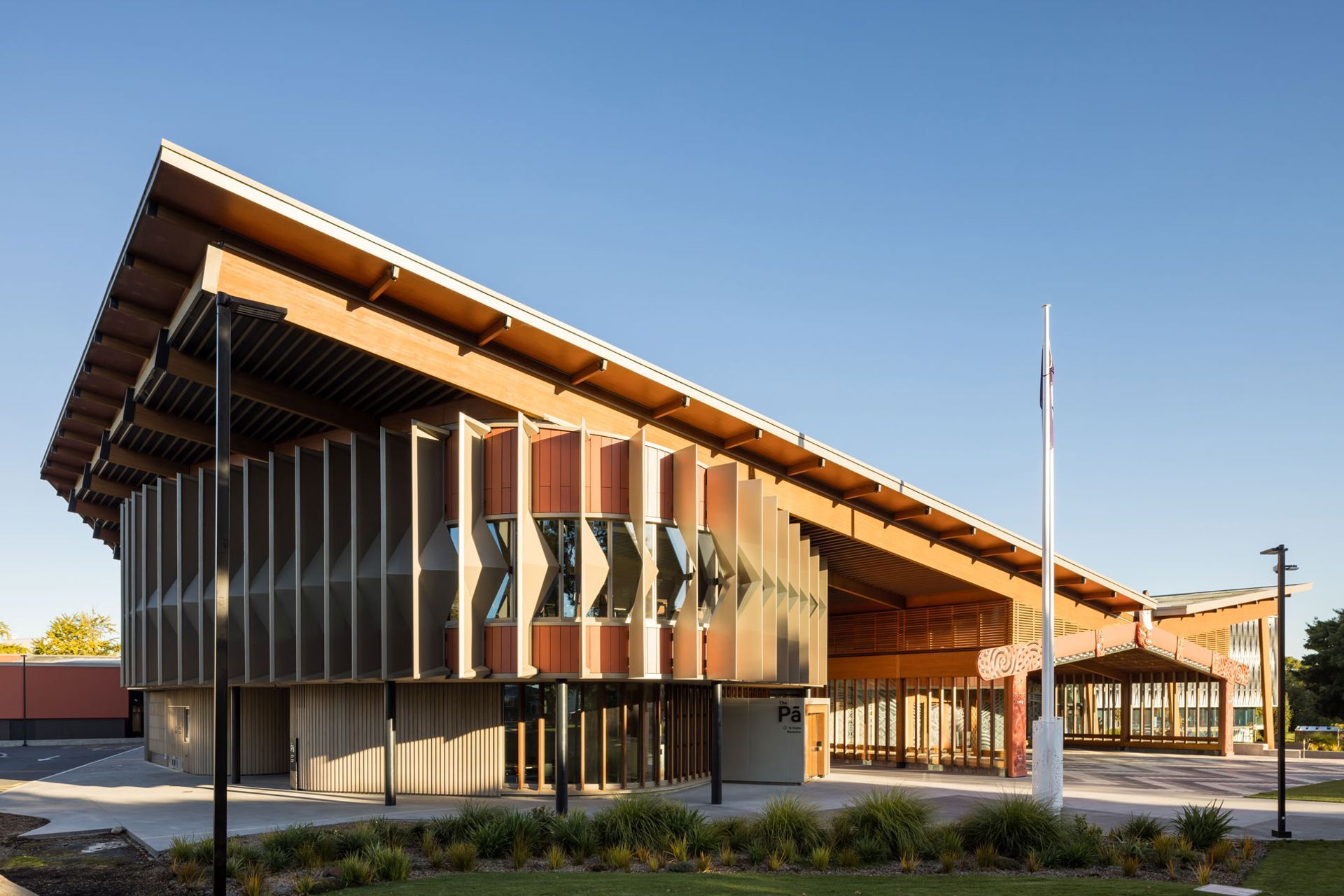
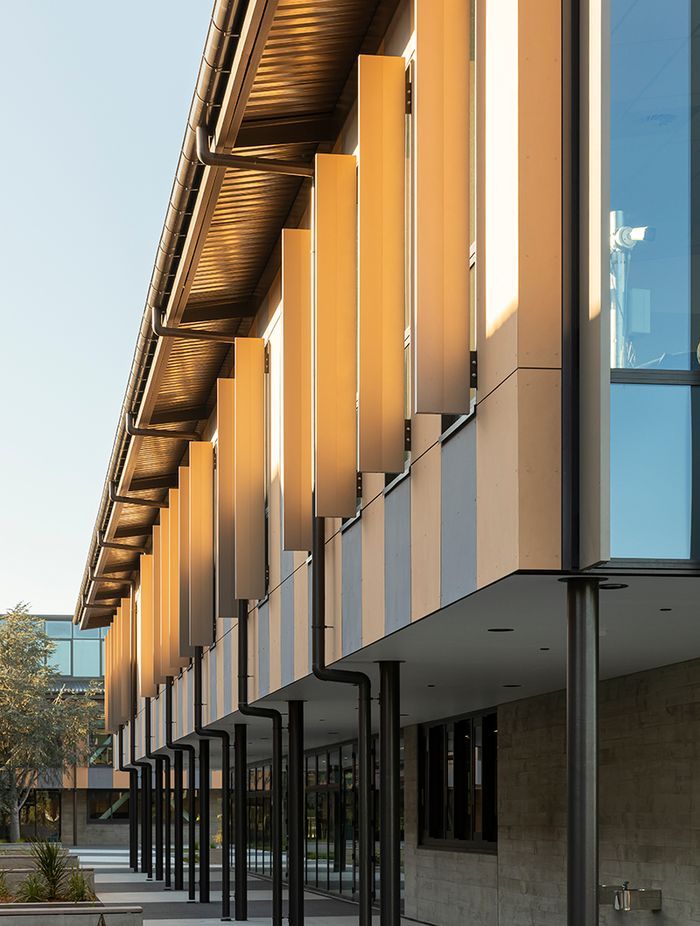
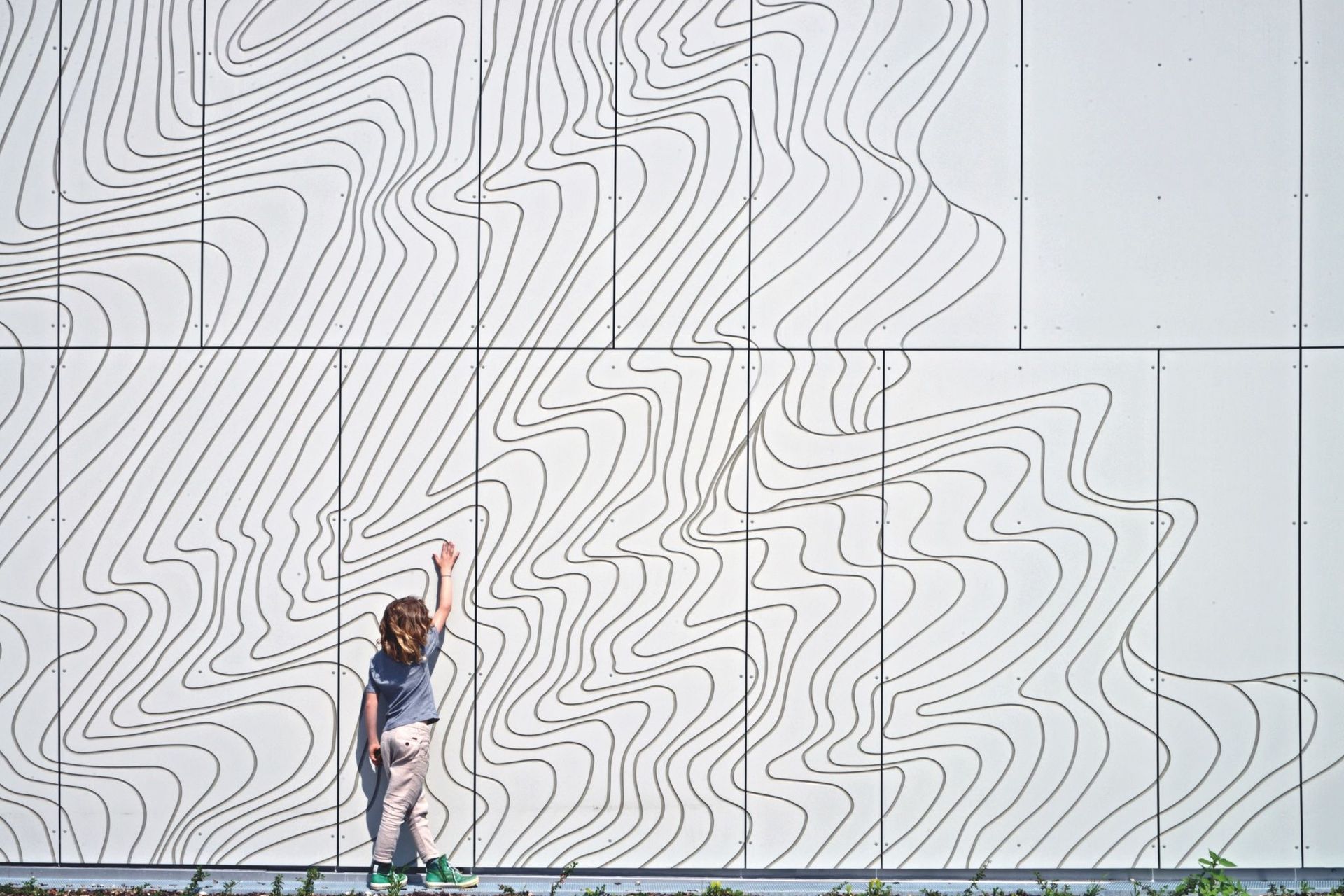
Key design principles and technical requirements for education spaces
The MOE has outlined several key design principles and technical requirements to ensure schools are built to provide students with the best possible learning environment. When it comes to external building materials, Chris says low maintenance, non-toxic, and durable materials are crucial for the market to ensure that schools have a long and healthy service life.
“Weathertightness is the key requirement, followed closely by low maintenance to ensure that ongoing costs to the school are minimised. This keeps the school's budget focused on education, not building maintenance,” he explains.
Not only does a school need to provide a safe and supportive learning environment for its students, but it must also provide a healthy one. Kids are already prone to sharing and contracting bugs, so minimising the risk of illness from a poorly ventilated and poorly insulated building is a top priority. Plus, designing with ventilation and insulation in mind will also provide positive energy consumption outcomes.
“A well-designed, ventilated façade contributes to the overall energy consumption of the building, as moisture control and energy transfer can be improved with a well-designed facade,” Chris says.
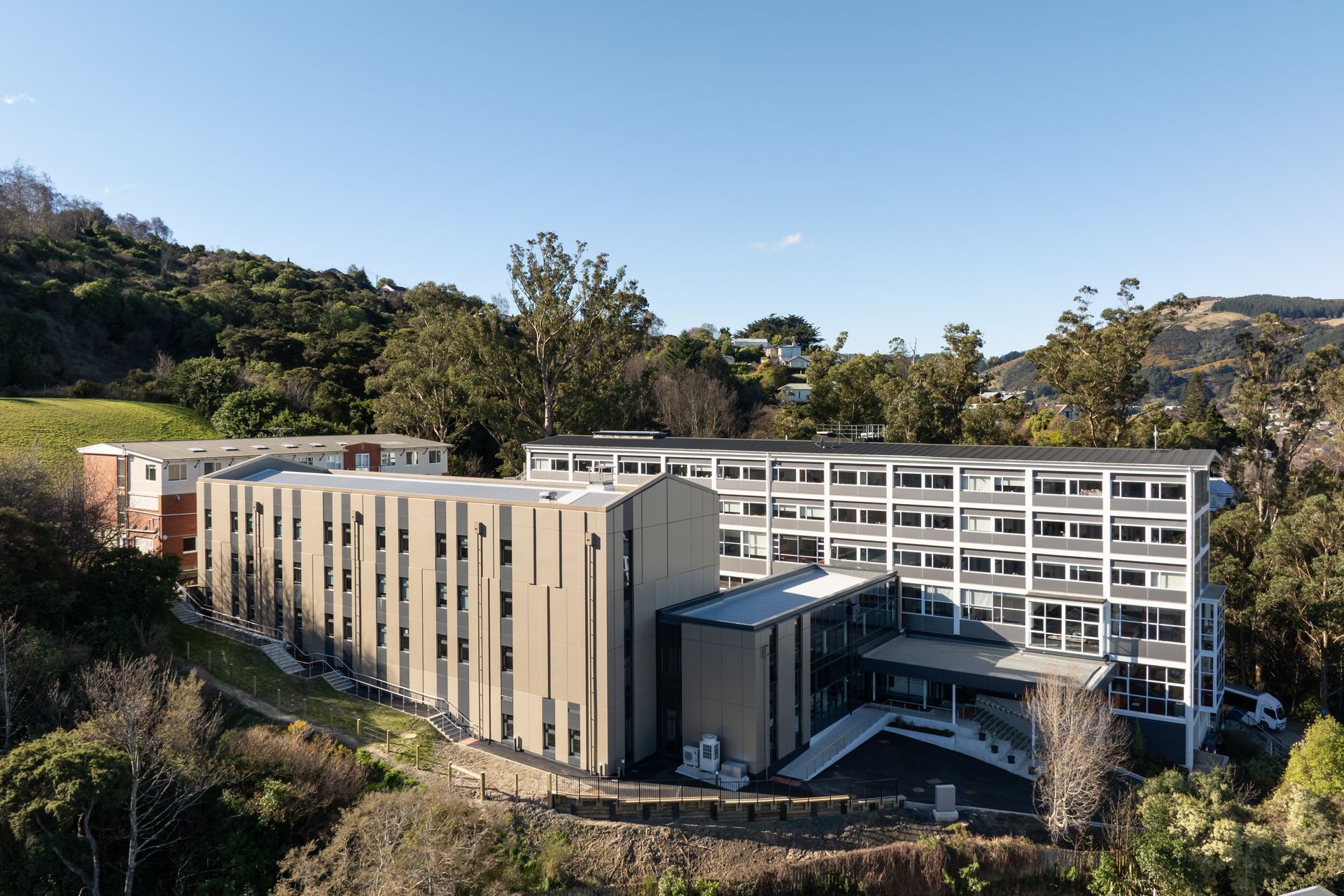
How material choice impacts learning environments
The functional aspects of a building façade can positively affect learning outcomes by supporting the physical health of students and reducing the school's maintenance and power costs, allowing more spending to be allocated elsewhere. However, functionality is not the only benefit.
“Of course, performance is key — having a façade material that functions as we’ve discussed is important, as is its ability to withstand the daily demands of busy active students,” Chris reiterates. “It is also important to consider using the colours, textures, and unique features of the façade materials to create inspirational designs that promote pride in the school. Products like Equitone, that can be engraved, allow the designer and school to reinforce the cultural influences of individual schools. Adding colour, texture, and design to the façade can add to the joy of coming to school by creating bright or colourful structures.”
A sense of belonging and pride has a positive impact on the school culture and the student’s overall desire to engage in learning and other activities at school. By creating a space that excites and inspires students, they are more likely to want to be at school, and therefore more likely to succeed.
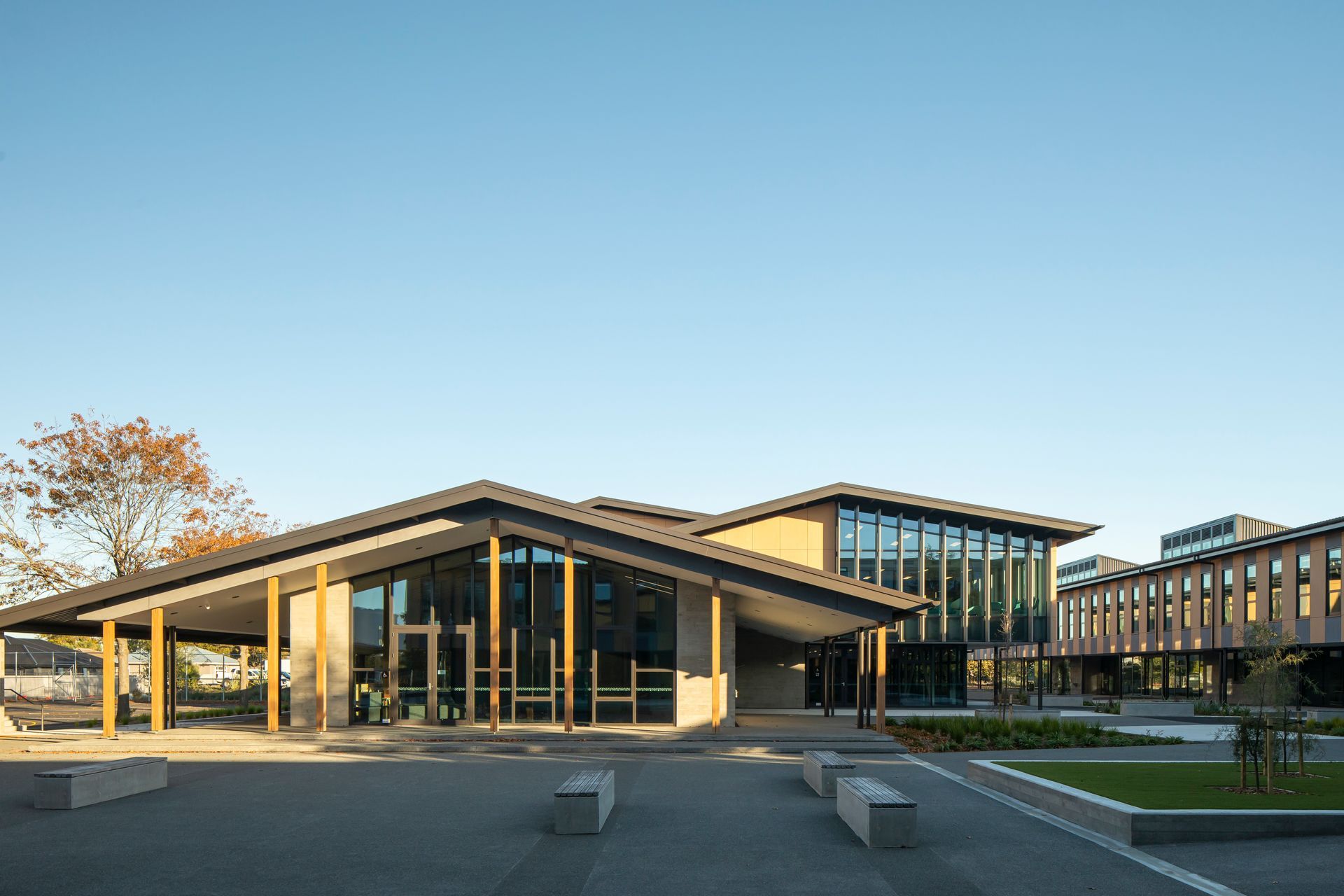
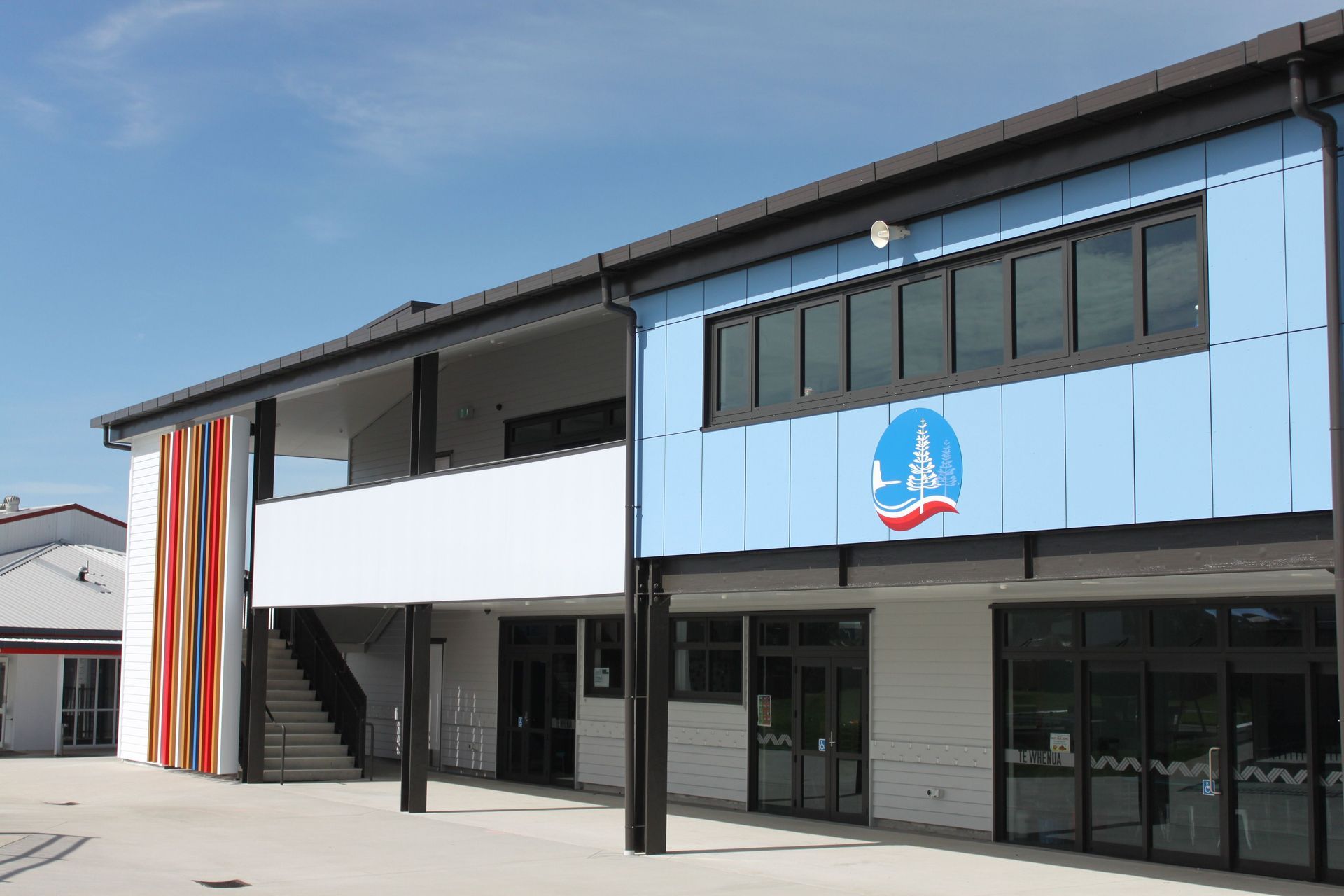
Expert advice
When specifying façade products, architects often look for high-performance materials that score well against sustainability requirements. However, though sustainability is an important factor, Chris notes that product performance still reigns supreme.
“Sustainability is a growing trend in most designs we see now, but the performance requirements of the buildings tend to impact the choice of products, too. Embodied carbon continues to be a popular topic, but durability, maintenance, and fire performance all carry more weight than just solving the carbon conundrum.”
Finding the balance between build cost and ongoing maintenance costs should also be key to the design process, he says.
“What looks cheap at construction can have a significant impact on the ongoing cost to the school. It makes no sense to save on construction costs, only to pull money out of the school's operating cost to pay for the regular maintenance of a cheap façade.”
Chris advises that you select a simple façade and choose products you know will perform well long-term. By minimising the need for significant maintenance down the line, the school can provide a safe, healthy, well-funded environment where students can thrive.
Learn more about The Building Agency.